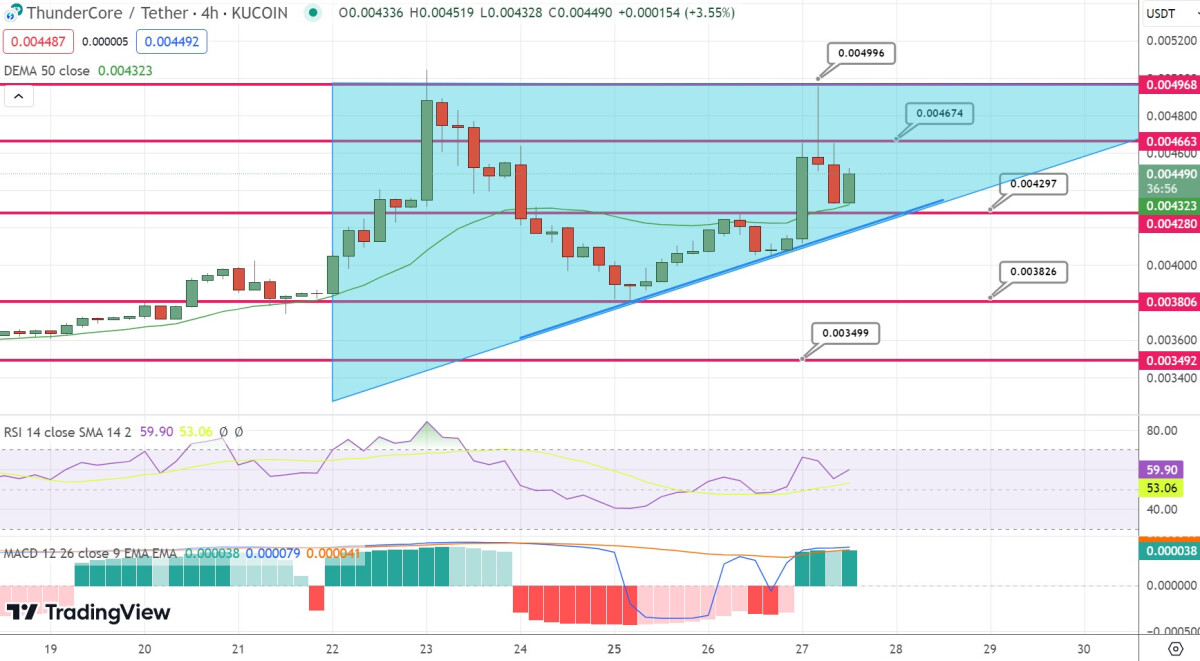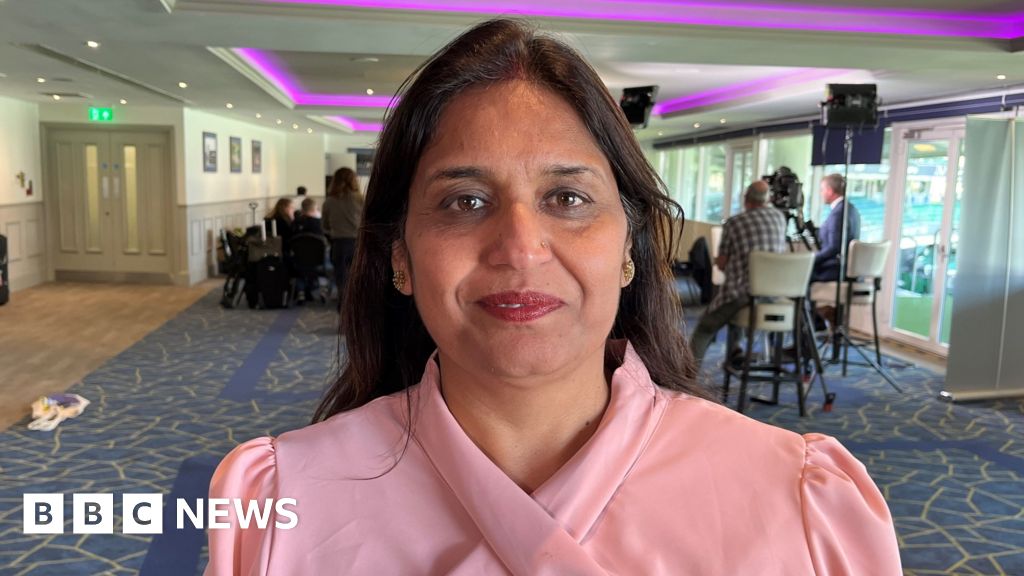A group of people gather around a tablet displaying data.
Getty Images
It may sound counterintuitive in an era that often lionizes the “hero CEO,” but effective leadership teams actually outperform even the most effective individual leaders. They do so consistently, and in almost every context. A recent Bain & Company study of 1,250 companies found a meaningful correlation between highly effective top teams and companies that beat their competition in revenue growth, profitability, and total shareholder return.
The things these high-performing top teams have in common are not what companies have traditionally focused on, such as cultivating highly talented individuals with deep expertise and all the right experiences.
What makes the biggest difference is a top team’s ability to behave as a collective.
The research found that the most effective leadership teams demonstrate five observable behaviors:
- Direction—they align on strategy.
- Discipline—they make and execute decisions consistently and have productive meetings.
- Collaboration—they build trust, intentionally problem solve and brainstorm together, and hold each other accountable.
- Dynamism—they prepare for and lead change.
- Drive—they’re industrious and resilient.
Perhaps surprisingly, a high percentage of top teams struggle to work together well. Sixty-five percent of senior executives surveyed by the Center for Creative Leadership in 2020 described their leadership team as ineffective, and only roughly one in five found their executive teams to be high performing.
Teams are the locus of performance and culture in all organizations, and top teams have a unique opportunity to act as a powerful role model for others.
Direction
A top team shares and holds to a common direction by authoring and aligning around its organization’s vision, purpose, and strategy, then sharing with one another how they’ve translated them into short- and long-term priorities for their respective parts of the business. They demonstrate commitment, uniting around and standing by the strategy when under pressure from outside the team, and put this greater good above individual or other interests, something that can help keep silos from forming.
Discipline
Efficient meetings and good decision-making practices are important aspects of the discipline of strong teams. Without them, decisions are made inconsistently, meetings are unproductive, and efforts that require attention to detail—like planning, monitoring, and execution—are shortchanged.
Teams must create and organize the space, time, and flexibility to be productive. Meetings should be the locus of productivity, but teams often aren’t rigorous about preparation, conduct, and follow-through. The behaviors that lead to well-structured and well-run meetings also support other valuable behaviors, including collaboration. Poorly run meetings, on the other hand, can have a negative domino effect, like lack of participation, disengagement, and retreat to silos.
Collaboration
A lack of collaboration can often result in an environment resembling either a cage match or a morgue. A highly collaborative team, by contrast, has focus, energy, and accountability. It executes. Demonstrating a “win-together, lose-together” attitude, these teams are grounded in personal and working relationships that help trust take root. They practice inclusion. As a result, they establish the psychological safety necessary to innovate, fail, and give and receive feedback.
Dynamism
Teams that treat change as a constant and understand how to behave together are dynamic in the face of both opportunities and challenges. They continuously seek and engage with information from channels outside and inside their organization. They also create the conditions for innovation by investing in it, securing resources, and setting expectations, compensation, and incentives that allow for failure.
A bias for action enables a team to respond with speed and deliberation to new scenarios by modifying plans and executing accordingly. Intentional learning from both successes and mistakes accelerates this process.
Drive
Covid-19 showed that teams that sustain their drive over the long term help their organizations not only survive but thrive. They prepare for potential setbacks and are industrious—focused, diligent, detail-oriented. They embrace the creative friction that comes from constructive debate, especially when under pressure, and follow a process to resolve conflict. By reiterating and recommitting to their goals, members help one another maintain focus and persevere. A focus on problem solving and innovation helps them face difficulties head-on with confidence and optimism.
Post-Covid, not wanting to revert to the old “normal,” the management team of a leading consumer products company decided to proactively invest in the effectiveness of their top team. There have been regular offsites to build trust and alignment; “balcony” sessions in which the team elevates its focus from the day-to-day “dance floor” of the business to look at the bigger picture; and short, informal Friday leadership huddles for making faster decisions on key priority topics. They are reimaging how they operate in the belief that their effectiveness as a collective has a powerful positive effect on both business performance and organizational culture.
And when top teams assess their behavior in this way, and address gaps across these five dimensions, they don’t just build their own effectiveness. They set an example that, when emulated throughout their organization, can be revolutionary.
Credit: Source link











